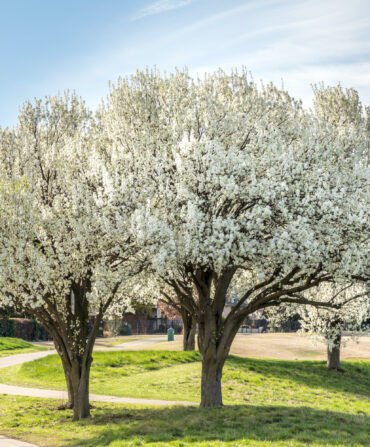Environmental filmmaker Brandon Gaesser believes small acts of change can add up to a meaningful difference. That’s the message of his short documentary, Chicken Soup for the Soil, which examines the global impact of regenerative farming through the lens of two small farms in North Carolina. Rachel Herrick of Slow Farm (Cameron, NC) and Suzanne Karreman of Reverence Farms (Graham, NC) both prioritize land stewardship in the care of their crops and livestock. “We think about our farm as building an ecosystem and assembling a crew of critters,” Herrick says in the film.

While there are no USDA-issued standards for regenerative farming, its basic tenets—influenced by indigenous people’s holistic approach to the land—forbid tilling or chemically treating the soil. Generally, “you’re putting more nutrition into the soil than you’re extracting through crops,” Herrick explains. The film, which has been lauded at festivals around the country, shows how farms that focus on quality over quantity can ironically be more productive than traditional farms. In one scene, Herrick compares two handfuls of noticeably different soil from her farm—one from a yet-untouched spot and another from an area that’s been regenerating for five years. “This is sand,” Herrick says of the former, and of the latter, “This is alive.”
You can catch the film on the Weather Channel’s free streaming service, Pattrn, in 2023; check goodnaturedfilms.com for details. And in the spirit of making small changes, its featured farmers shared some suggestions for tending to the soil beneath your own feet.
1. Plant native. When selecting plants for your own yard, choose native species, as they are likely to thrive without fertilizer or heavy watering. “Native plants don’t need a lot of encouragement,” Herrick says.
2. Patronize local nurseries when possible, as they are more likely to offer native, organically grown plants, she says. Large retailers and big-box stores often treat plants with pesticides.
3. Build an ecosystem. Biodiversity is essential to the health of your landscape and to the animals that live off it. “The more you can diversify the plants in your yard, the better,” Herrick says. Plant from seed, as there is more species diversity in a seed packet than a single transplant.
4. Ditch chemicals. Herbicides and pesticides deter pollinators and damage nutrient-carrying fungi, which are key players in healthy soil. Use other means to prevent weeds, like putting down cardboard, adding extra mulch, and hand weeding, Herrick says.
5. Start composting (or use a composting service). Compared with chemical fertilizers, the organic matter in compost takes longer to break down into nutrients plants need but offers more value over time, according to Herrick and Karreman. Compost makes for healthier root systems, adds topsoil, and reduces erosion.
6. Don’t have a green thumb? Eat mindfully. If you can’t grow your own food, Herrick and Karreman recommend sourcing from regenerative, sustainable, and organic farms as much as possible. “Put your money where your heart is; every bit helps,” Herrick says. And what you don’t eat, send to the compost bin.








